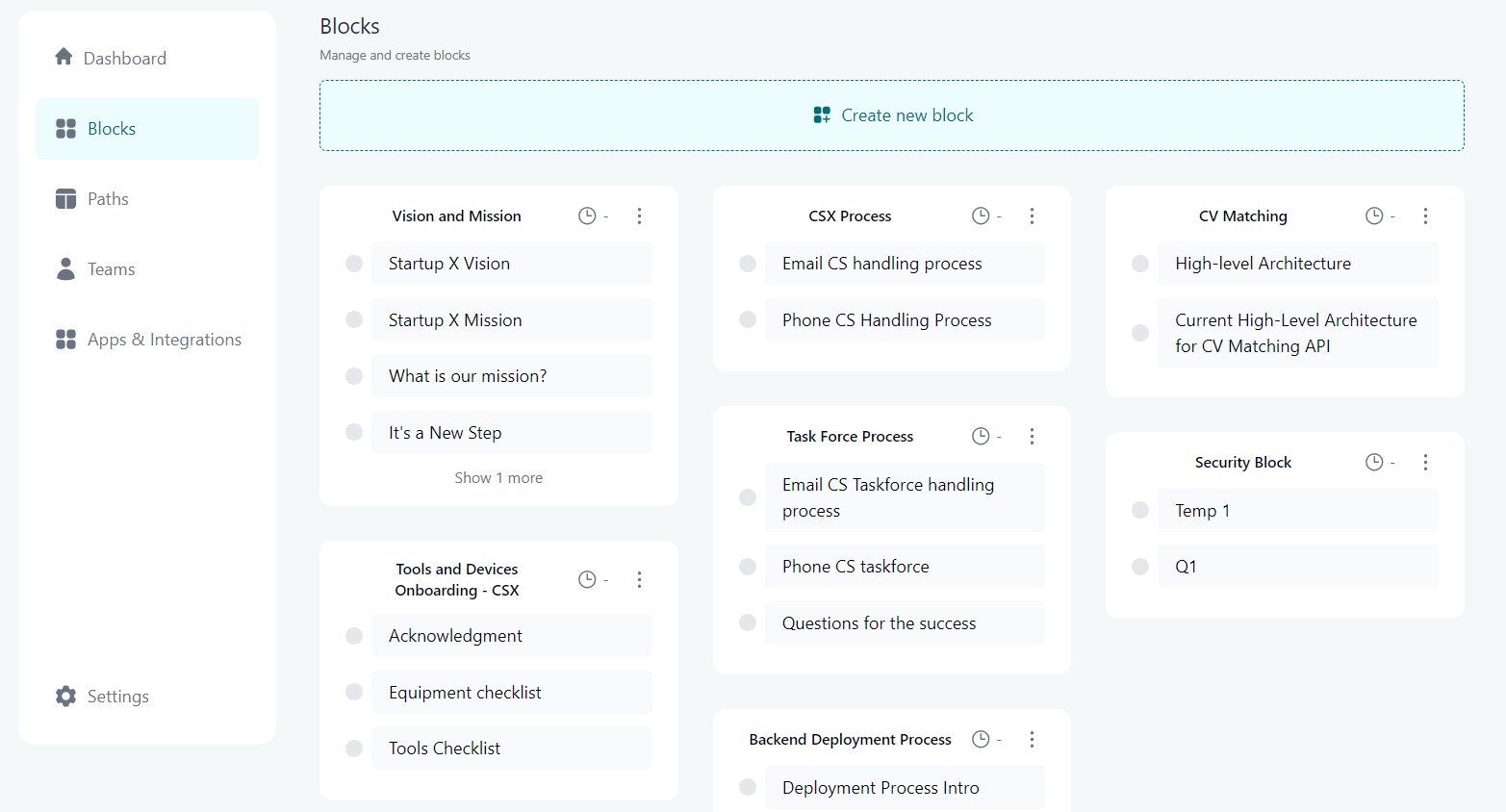Boosting Employee Engagement Through Effective Onboarding

Employee engagement is a critical factor for organizational success, influencing everything from productivity to retention. However, many companies struggle to keep their employees engaged, particularly new hires. One proven strategy to enhance engagement is through a well-structured onboarding process. This blog post explores how effective onboarding can boost employee engagement, supported by credible sources and real-world examples.
The Importance of Employee Engagement
Employee engagement refers to the emotional commitment employees have towards their organization and its goals. Engaged employees are more likely to go above and beyond in their roles, driving innovation, productivity, and overall business success.
Key Statistics
According to Gallup, highly engaged teams show 21% greater profitability. Additionally, companies with high employee engagement are 17% more productive and have 41% lower absenteeism. These statistics highlight the significant impact that engagement can have on a company's bottom line.
How Onboarding Affects Engagement
Onboarding is the initial phase where new hires are introduced to the company culture, values, and expectations. A well-designed onboarding program can set the tone for an engaging employee experience from day one.
Key Components of an Engaging Onboarding Program
- Welcome and Inclusion
- Make new hires feel welcome and valued from the start. This can include personalized welcome packages, team introductions, and a tour of the workplace.
- Clear Communication of Company Culture
- Help new employees understand the company's mission, values, and culture. This alignment helps new hires feel connected to the organization’s goals and values.
- Role Clarity and Expectations
- Clearly define job roles and performance expectations. When employees know what is expected of them, they are more likely to be engaged and motivated.
- Ongoing Support and Mentorship
- Provide new hires with ongoing support through mentorship programs. Having a go-to person for questions and guidance can significantly enhance their engagement and integration.
- Regular Feedback and Recognition
- Implement a system for regular feedback and recognition. Acknowledging achievements and providing constructive feedback helps new hires feel appreciated and aligned with their growth path.
Real-World Examples
Case Study: Zappos
Zappos, an online shoe retailer known for its strong company culture, places a significant emphasis on employee engagement during onboarding. New hires undergo a comprehensive training program that immerses them in the company culture and values. This approach has resulted in high levels of employee engagement and satisfaction, contributing to Zappos' reputation as a great place to work.
Case Study: Southwest Airlines
Southwest Airlines is another example of a company that excels in employee engagement. Their onboarding program includes cultural immersion, role-specific training, and continuous support. This focus on engagement from the very beginning has helped Southwest maintain high levels of employee morale and loyalty, which is reflected in their customer service and business performance.
WeekOne to Boost New Hire Engagement
WeekOne is a comprehensive employee onboarding solution dedicated to ensuring new hire engagement from day one. We understand the importance of keeping new hires engaged, which is why we empower the people and culture team to effectively communicate and update company culture and values through our modular feature, “Blocks.”

Additionally, when the hiring manager curates the "Path," the role should be clearly defined to enhance the new hire's engagement and understanding of the company's goals and product objectives:

Benefits of Boosted Employee Engagement
Implementing an onboarding program that focuses on engagement offers several key benefits:
- Higher Productivity: Engaged employees are more productive and contribute more effectively to their teams.
- Lower Turnover: Engaged employees are more likely to stay with the company, reducing turnover and the associated costs.
- Improved Morale: When employees feel engaged and valued, overall morale improves, leading to a more positive workplace environment.
- Enhanced Innovation: Engaged employees are more likely to contribute innovative ideas and solutions, driving business growth and success.
Conclusion
Investing in an effective onboarding program is a strategic move that can significantly boost employee engagement. By making new hires feel welcome, clearly communicating company culture, providing role clarity, offering ongoing support, and recognizing achievements, organizations can create a more engaged and motivated workforce. The evidence is clear: a great onboarding process is essential for fostering employee engagement and driving long-term success.
References
- Gallup. "State of the Global Workplace."
- Forbes. "Why Zappos Offers New Employees $2,000 to Quit."
- Harvard Business Review. "Southwest Airlines’ Crazy Recipe for Business and Personal Success."
By focusing on these strategies and learning from industry leaders, companies can enhance their onboarding processes and enjoy the benefits of a more engaged and motivated workforce.